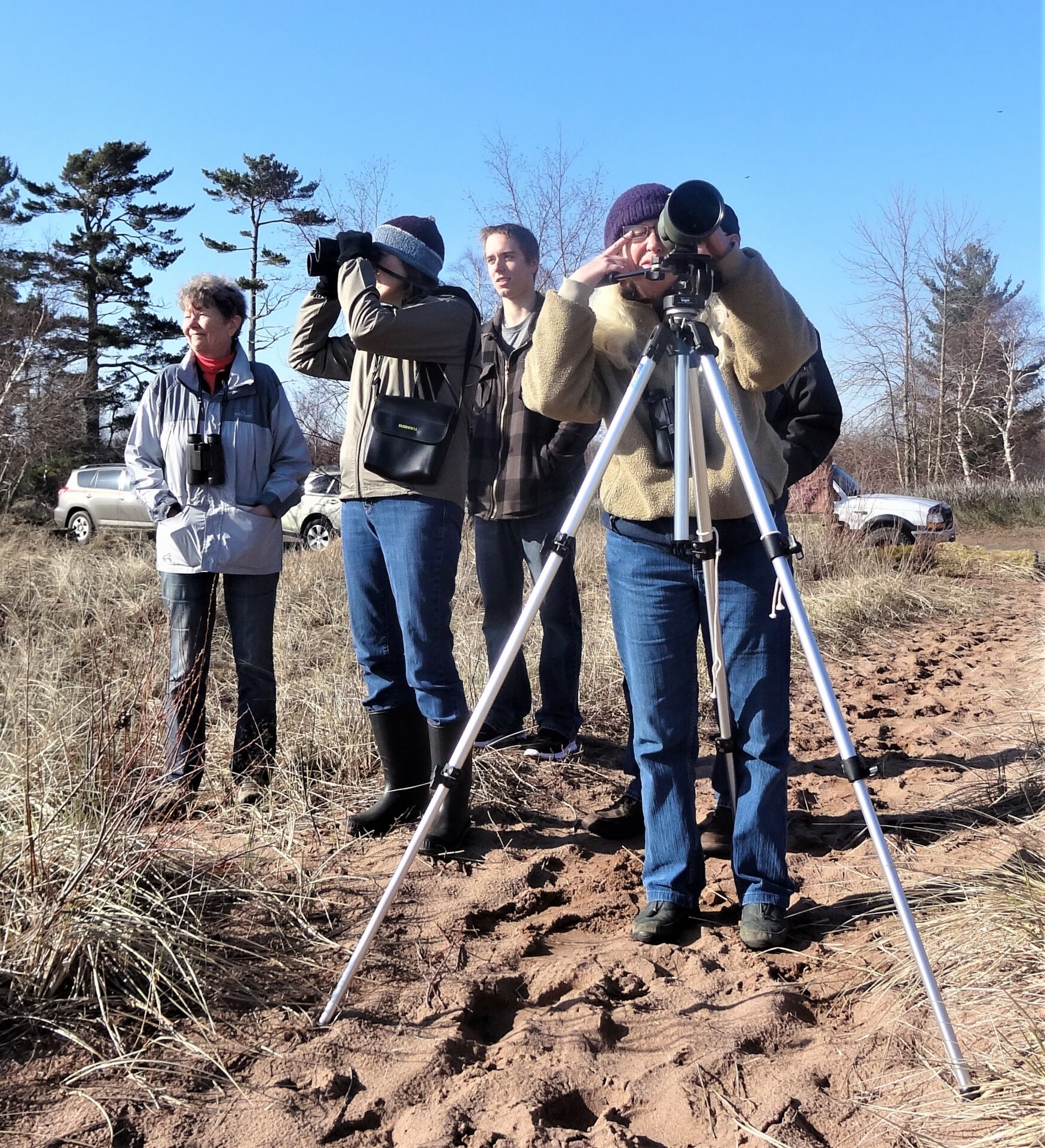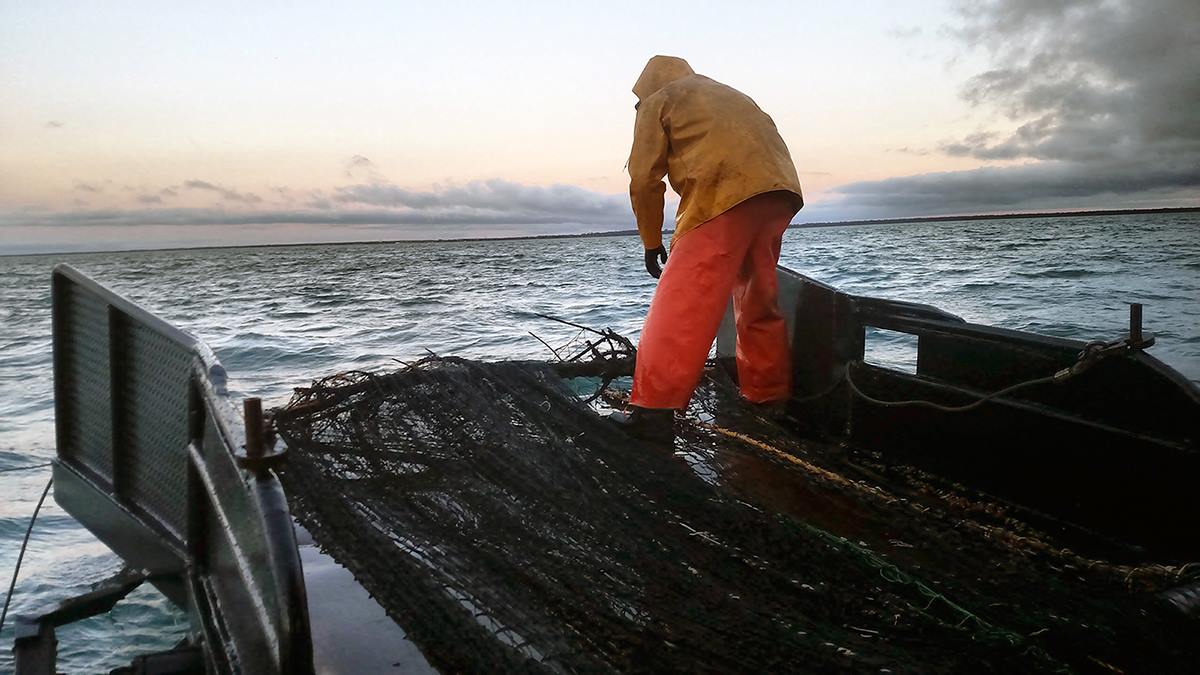Tragically, Florida communities this month have experienced a spate of deaths due to rip currents. This news has relevance for Wisconsin communities because, just like in the ocean, Lakes Superior and Michigan can harbor rip currents.
Rip currents occur when a strong offshore narrow current forms along sandy beaches as well as around obstructions such as a sandbar, pier or jetty.
Gene Clark, coastal engineering specialist with the University of Wisconsin Sea Grant Institute, said water in these areas can sometimes be just knee-high but it can be strong enough to pull a physically fit and otherwise strong swimmer into deeper and more dangerous water. Swimming toward shore while caught in a rip current is like swimming upstream, and a swimmer’s efforts may only lead to fatigue and often little progress to safety.
“We are fast approaching the Fourth of July holiday and families want to head to the beach. They need to be aware that if it’s a beach along Lake Michigan or Lake Superior,” Clark said, “They need to keep an eye out for rip currents. The currents appear as a break in incoming wave patterns or as a channel of dark, churning, choppy water flowing offshore with no breaking waves.”
If caught in a rip current, a swimmer should avoid panicking. Rip currents are generally narrow so treading water or swimming parallel to shore is a quick way to get out of danger. Rip currents do not pull swimmers under, and dissipate quickly once they reach just outside the wave breaker line.
Clark also reminds swimmers that the cold waters of the Great Lakes can sap a person’s energy quickly through hypothermia. He also emphasizes the importance of swimming where there are life-guarded beaches. That way, help is readily available if someone is caught in a rip current. “Stay calm, concentrate on floating or swimming parallel to shore and let others know you are in trouble,” he said.
Wisconsin Sea Grant annually provides Great Lakes public beaches with free informational posters and brochures about rip currents in both English and Spanish. The brochure in English is available online at http://aqua.wisc.edu/publications/ProductDetails.aspx?productID=458 or in Spanish at http://aqua.wisc.edu/publications/ProductDetails.aspx?productID=487 This year, Wisconsin Sea Grant also distributed metal beach signs to managers along the Great Lakes coasts.





